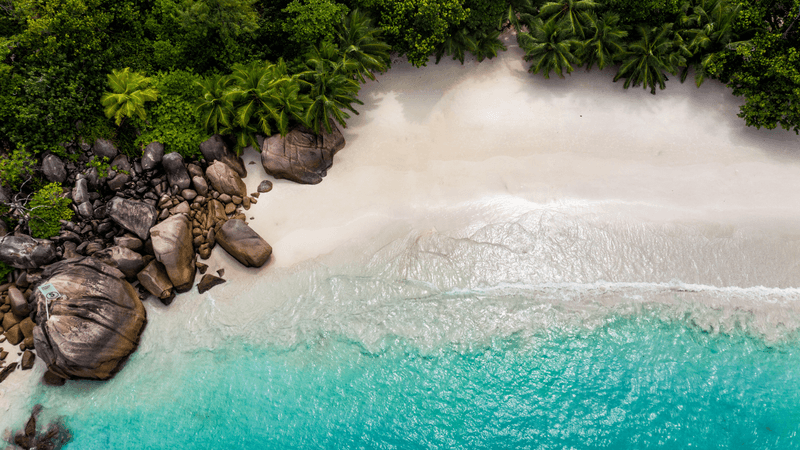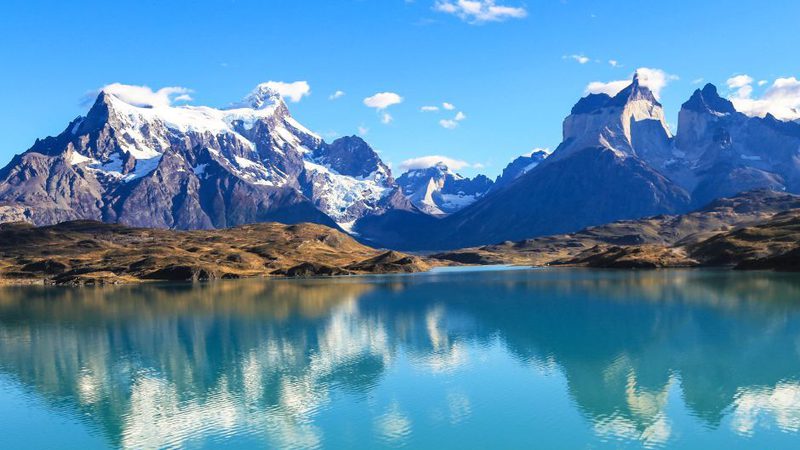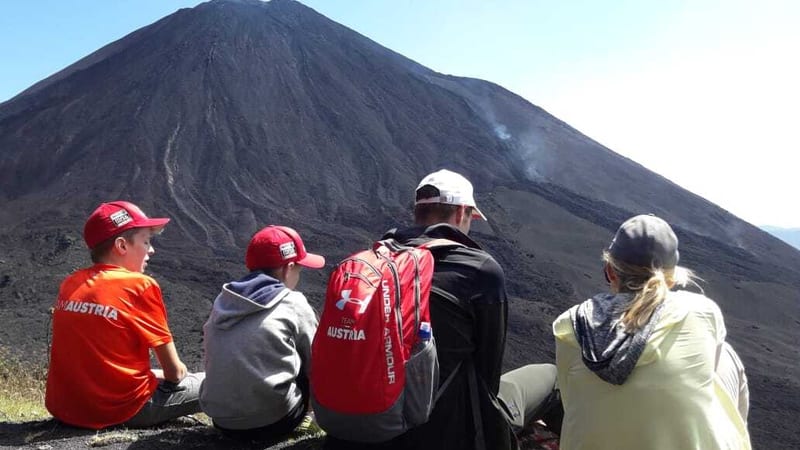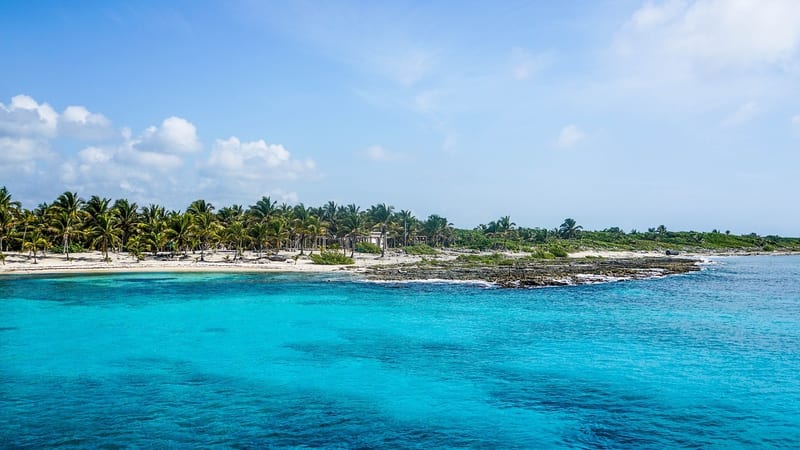Tucked away on its own private island just off the coast of Koh Samui, Cape Fahn is a serene escape where barefoot luxury meets untouched natural beauty.
Location
Perched on a private island just off the northeast coast of Koh Samui, Cape Fahn Hotel offers a tranquil escape for those wanting to explore Thailand. The resort is connected to the main island by a natural sandbar that appears during low tide, creating a unique "walking on water" experience. Just minutes from Choeng Mon Beach and a 15-minute drive from Samui International Airport, the hotel perfectly balances seclusion with convenience.
Rooms
The property features 22 luxurious villas, each with private pools and stunning ocean views. Accommodations blend contemporary design with traditional Thai elements, featuring spacious layouts, outdoor bathtubs, and expansive terraces. The beachfront pool villas offer direct access to pristine shorelines.
Amenities
Guests enjoy access to two infinity pools, a world-class spa offering traditional Thai treatments, and exquisite dining options including Hue Restaurant for international cuisine and Long Dtai for authentic southern Thai specialties. The resort also provides private dining experiences on the beach.
Activities
Beyond relaxation, Cape Fahn offers kayaking, paddleboarding, snorkelling excursions to nearby coral reefs, Thai cooking classes, yoga sessions, and island-hopping tours. The concierge can arrange cultural experiences including temple visits and local market tours.
Sustainability
The resort employs various eco-friendly practices including water conservation systems, plastic reduction initiatives, locally-sourced ingredients for dining venues, and participation in beach cleanup programs. Cape Fahn also supports local communities through employment opportunities and cultural preservation efforts.
Best places to stay in Koh Samui
Thailand Trip Inspiration
When to go to Thailand
A month-by-month guide of when to visit Thailand
- Best
- Good
- Mixed
- Jan
- Feb
- Mar
- Apr
- May
- Jun
- Jul
- Aug
- Sep
- Oct
- Nov
- Dec
January
January is one of the best months to visit Thailand, with dry, sunny days and cooler temperatures across most of the country. It's an ideal time for beach holidays in Phuket, Krabi, and Koh Lanta, where the sea is calm and crystal clear. In the north, Chiang Mai and Chiang Rai offer crisp mornings and pleasant days, perfect for exploring temples and mountain landscapes. It’s also peak tourist season, so book in advance for popular spots.
February
February continues the dry season with reliably sunny weather and temperatures starting to climb. Beach conditions are still fantastic, especially on the Andaman coast. It’s also a great month for visiting Bangkok and central Thailand, where humidity remains relatively low. Festivals like Chiang Mai’s Flower Festival add extra colour to the month, and hiking in the north is still very comfortable.
March
March marks the start of the hot season, with rising temperatures across the country. It’s a good time for beachgoers who don’t mind the heat, particularly in places like Koh Phi Phi and Koh Lipe. Inland cities like Bangkok and Ayutthaya can feel sweltering in the afternoons, so plan sightseeing for early mornings. The north becomes drier and dustier, especially with the onset of the agricultural burning season.
April
April is the hottest month in Thailand, but it’s also one of the most fun thanks to Songkran, the Thai New Year. Celebrated with country-wide water fights, it's a joyful (and cooling) experience. While temperatures can reach well into the 30s°C, beach destinations on either coast offer some respite. Make sure to stay hydrated and take things slow, especially in cities.
May
May marks the beginning of the rainy season in most regions, although downpours tend to be short and sharp rather than constant. The humidity ramps up, particularly in central and northern Thailand. It’s a quieter time to travel, with fewer crowds and lush, green landscapes emerging. The Gulf islands—like Koh Samui, Koh Tao, and Koh Phangan—tend to see better weather than the Andaman coast.
June
June sees more regular rainfall, but it rarely disrupts travel plans too much. The countryside is vibrant, and waterfalls are at their best. While western beaches like Phuket may see more rain, the Gulf coast remains relatively dry, making it a great time for snorkelling and diving around Koh Tao. Expect lower prices and a more relaxed vibe almost everywhere.
July
July brings heavier rains to the north and Andaman coast, but travel is still very possible with a bit of flexibility. Rice paddies turn brilliant green, and misty mountains in the north offer atmospheric views. On the Gulf coast, beach days are still common. Cultural travellers may enjoy this quieter period for exploring temples, museums, and food tours.
August
August is in the heart of the monsoon season, but showers are usually short-lived and followed by sunshine. It’s a great time for nature lovers, as the landscape is lush and full of life. Inland travel can be trickier with occasional flooding, so coastal stays in Koh Samui or Koh Phangan are often the better bet. Festivals and markets continue to run, albeit with fewer tourists around.
September
September is typically the wettest month of the year, particularly in the north and on the Andaman coast. While it’s not the best time for sunbathing, it’s a brilliant opportunity to enjoy Thailand’s cultural side at a slower pace. Think cooking classes, spa days, and temple tours. Prices are at their lowest, and you'll often have attractions almost to yourself.
October
October marks the transition from rainy season to dry season, particularly towards the end of the month. While early October can still be wet, especially in the north, the skies begin to clear by mid-month. It’s a great time to visit Bangkok and central Thailand before the high season crowds arrive. Northern provinces like Chiang Mai begin their cooler season, making trekking and outdoor adventures more comfortable.
November
November is when Thailand really shines. The weather turns reliably dry and sunny across most of the country, especially the Andaman coast. Popular islands like Phuket, Krabi, and Koh Lanta come back to life. In the north, the cooler temperatures are ideal for hiking and exploring rural landscapes. Festivals like Loy Krathong add a magical touch with lantern-lit celebrations in Chiang Mai and Sukhothai.
December
December is peak travel season, thanks to the beautiful weather, festive atmosphere, and Christmas holidays. Beach resorts on both coasts are bustling, so early booking is essential. It’s also a great time to explore Bangkok’s markets and rooftop bars, or take to the hills of northern Thailand for trekking and nature. With low humidity and bright skies, it’s one of the best times to experience the country in full swing.
Speak to a Thailand expert today
and start planning your tailor-made vacation

Nia
Thailand Expert

































